We have been busy this summer! This is the reason why we haven’t updated you for quite a while. Apart from some conferences on which we presented first theories, we did active field research twice. In the first two weeks of April, we visited an old industrial mining town in South Wales which we have named “C-Town” for the sake of anonymization. Three months later we went to Dublin, the capital of the Republic of Ireland. Now the conference season has come to an end and we finally have a chance to process our experiences in this blog. Stay excited!
C-Town and its surroundings
The Welsh harbour town and its surrounding areas that we visited during a fieldtrip in April with wonderful weather are shaped by the history of coal mining and heavy industries. You still get an idea of this when you enter the mountain area, which begins right outside C-Town. Alongside the winding roads you will find workers’ settlements that often encircle an old, decommissioned hoisting shaft. Some of the aged collieries have been restored and now function as industrial museums. These days, mining and heavy industries do not play any role in the region. All that is left from those days is a steel mill which is located at the edge of C-Town and which dominates the beach panorama with its facilities, its chimneys and smoke trails. Right next to the street mill lies a deep-sea harbour where large ships dock regularly. Beside the industrial part of the coastline, formed by the mill and the harbour, there is a promenade, which was built in the last couple of years. Here, the inhabitants of C-Town can spend their leisure time by walking along the beach, by eating in the adjacent restaurants or by visiting the local cinema.
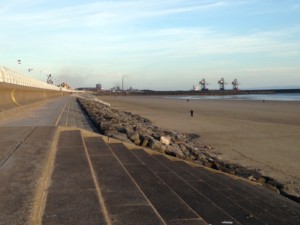
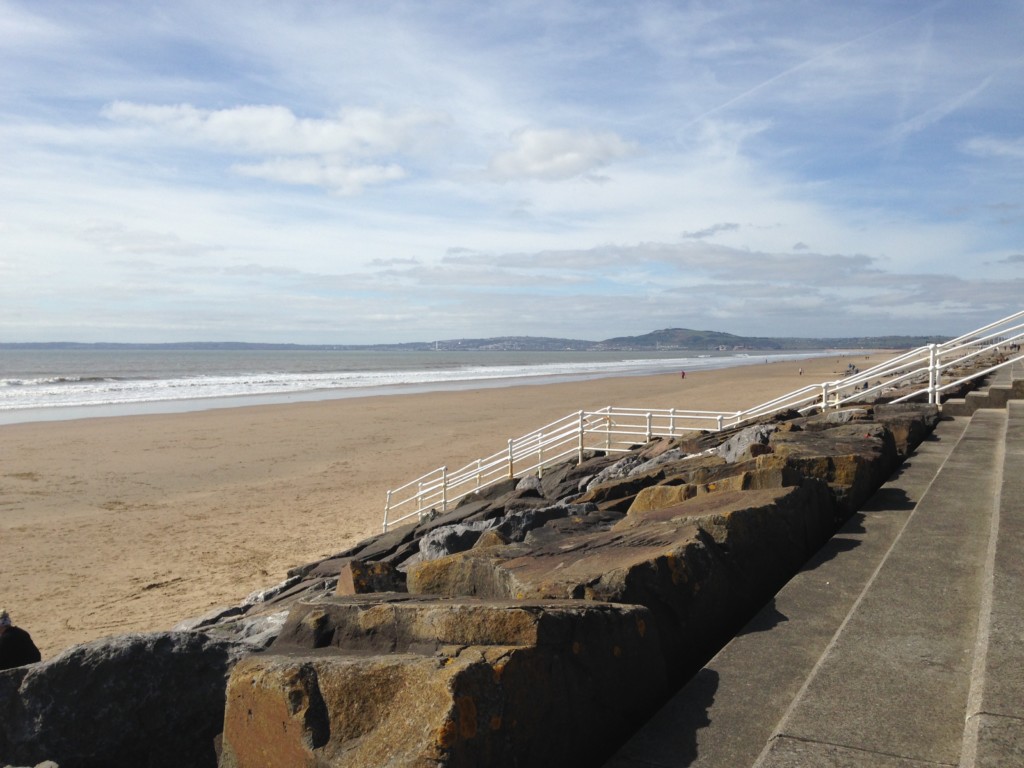
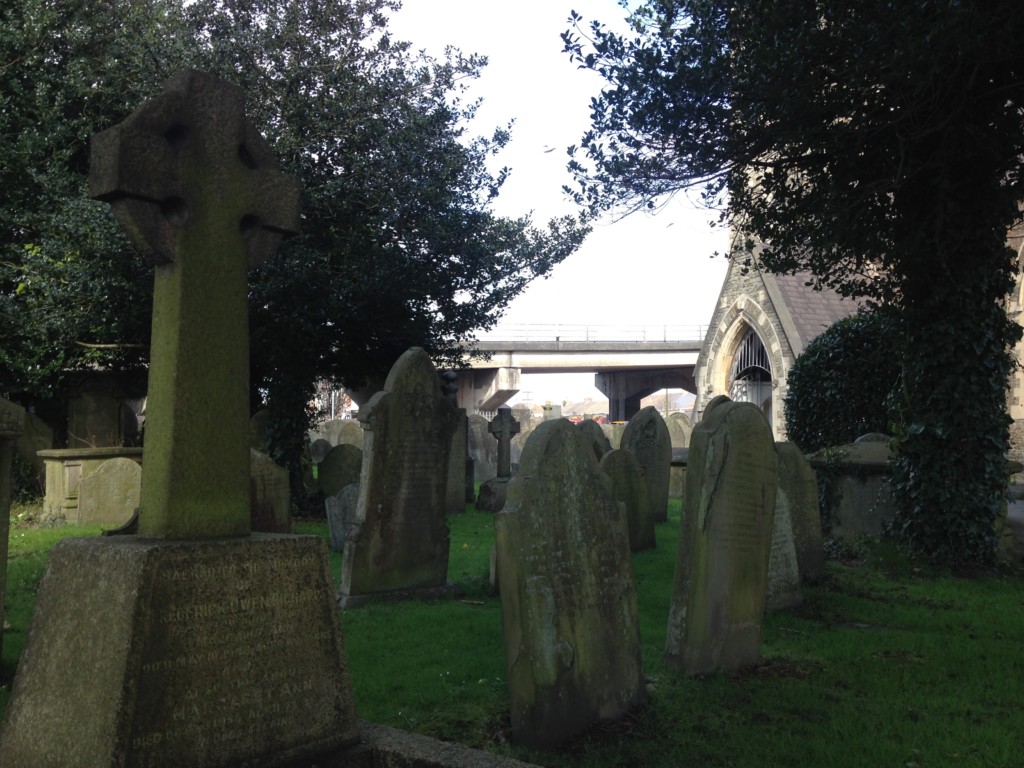
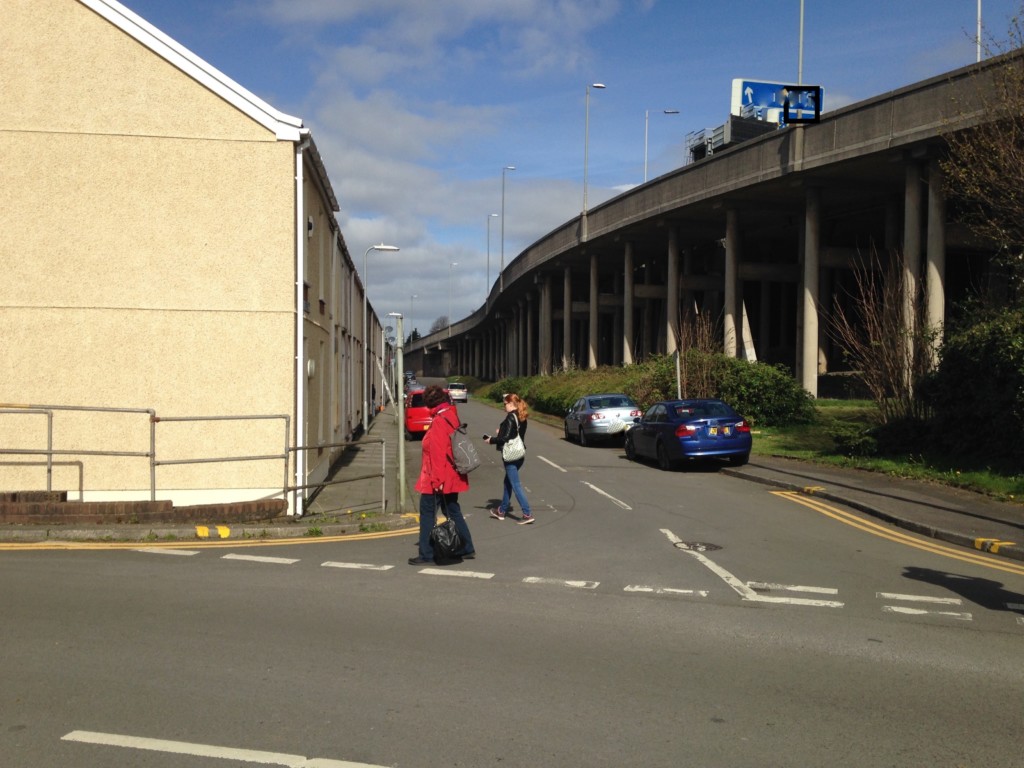
The motorway − a huge monument built in the 1960s, standing on stilts − passes directly through the city and is another eye-catcher. It saves the town centre from the traffic but it also looks like a huge line of concrete that cuts right through the city. It is seen from everywhere. Because of the motorway, it is almost impossible to travel without a car. Ironically, this can cause unexpected delays. At least, we realized this at the moment we walked to the centre on foot and reached it fairly quickly.
The city centre
The centre hosts a shopping mile with some cafés that appear a bit old-fashioned, as well as a larger shopping centre in which a more than a third of the shops are vacant. The pedestrian precinct is packed with pound stores and charity shops, a pub chain and smaller bistros. It’s there we found a job centre. When you go further along the street, however, the city seems freshly renovated. According to several signs, the renovation costs were covered by EU-fonds. This also holds true for the train station, whose vestibule is in the process of being redesigned.

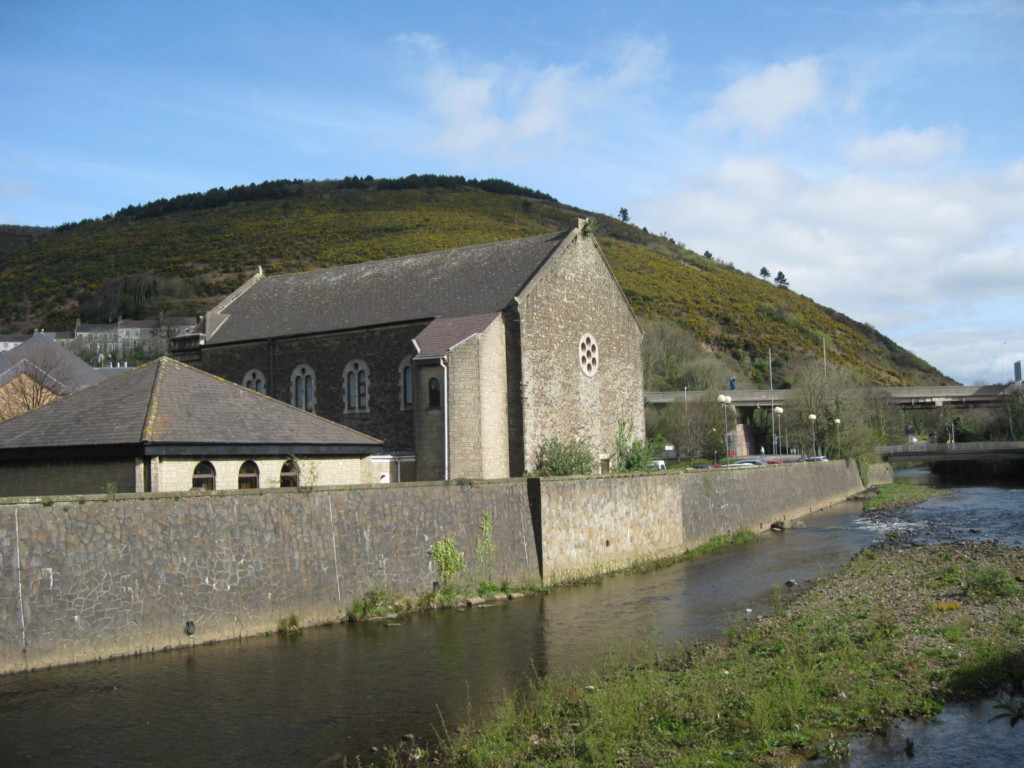
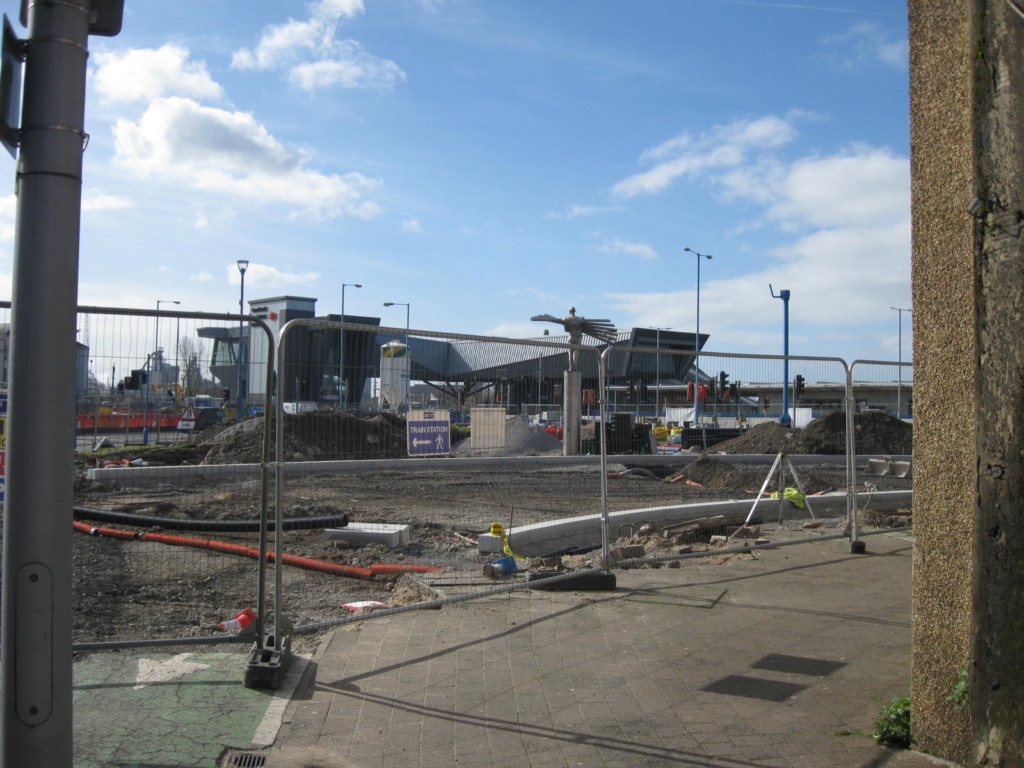
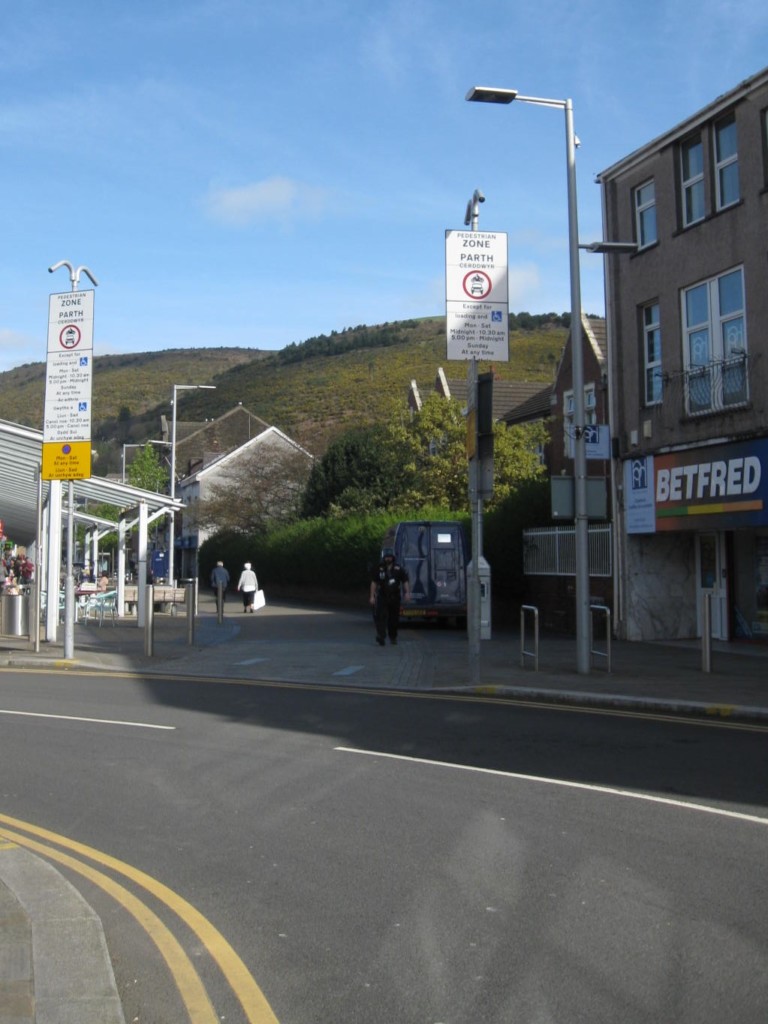
A medium-sized river flows into the sea, which can easily be overlooked in view of the whole city image. Some historical buildings, as well as an old church, a graveyard and a huge Tesco parking lot, can be found at the bank of the river. C-Town is surrounded by low mountain ranges that are called “The Hills” by the locals. They are overgrown with grass and gorse and they form the background of the scenery. Forests are rare.
Teenagers in need
The renovated central street represented one of the main contact points where we got in touch with homeless teenagers. It is the self-imposed task of the organisation we visited to support precisely this type of young adults. Apart from helping them to find a new apartment, the organisation also offers consultations. These are concerned with issues that reach beyond those concerning the teenagers’ homelessness. Issues, such as finding support in everyday-life situations and in finding a job. The rooms of the organisation function as a venue where the teenagers can meet. The entrance area has a small, but open lounge that is frequently used as a computer lap. Vis-a-vis the main entrance hangs a wall tattoo, which says:
- Respect, Promote and Encourage
- Include, Consult and Support
- Empower, Listen and Learn
These phrases contain the mission behind the social work performed in the organisation. Due to its prominent position, the slogans cannot be overlooked, neither by the staff nor by the clients. As we were told, the aim of the social work is to lead the clients to a life in independence.
Foodbanks in the mining valleys
In order to broaden our perspective and dive deeper into the history of the coal region and its people, we visited two small valley towns, which lie about 45 minutes outside C-Town. During so called “foodbanks”, we met people in need with whom we were able to have some interesting conversations. The foodbanks take place in two churches, although one is not used as a church anymore. Trussel Trust, a Christian charity, is the carrier of the foodbanks all over the United Kingdom. The support given by the national foundation is meant to be reserved for emergency situations and should not become a routine. This is the reason why the food donations are only given away in return of a voucher, which certifies the emergency situation. The voucher system is also used by the Job Centre, by social workers and local institutions. Some charity shops give away coupons. After all, the foodbank volunteers have to put their trust in the reliability and just assessment of the clients’ living situations made by the institutions. The rule that only a single person is allowed to make use of the foodbanks three times within a period of days every six months is a measure to prevent abuse.
Our visits to the two foodbanks proceeded as follows: first, we introduced ourselves to the contact person and handed over small donations. After that we started to mingle with our hosts and drank some tea with the clients. It happened pretty fast that small talks turned into conversations about our work. After an initial scepticism, some clients agreed to partake in single interviews. In this way, we were able to talk to some of those who make use of the foodbanks and those who do voluntary work and take charge of the organisation on site. By this means, we got an insight into the reality of people in need on the one hand, and in the way of thinking and motivation of the volunteers on the other.
Translation: Charlotte Nate
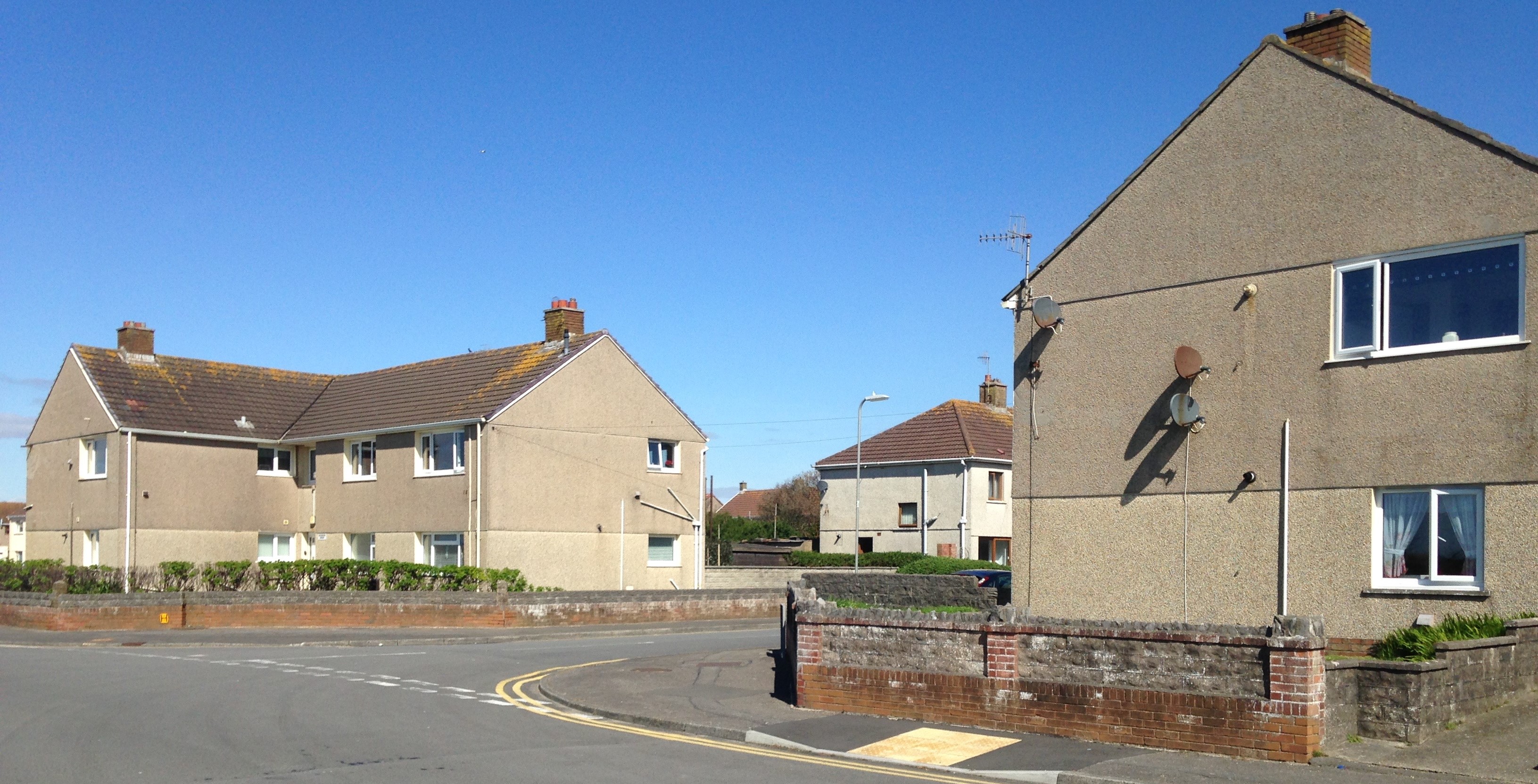
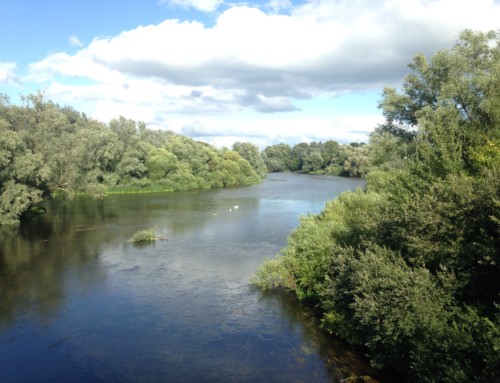
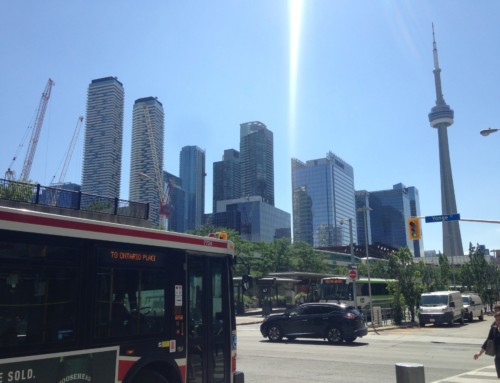
Leave A Comment